Introduction
Remote work is here to stay, but staying on top of your tasks without a physical office can be tricky. The right tools can make your day flow better, help you keep track of priorities, and minimize distractions. Whether you’re managing complex projects or just trying to keep your to-do list under control, these work from home apps are designed to simplify your life—and they’re perfect for 2025.
1. Task & Project Management: Notion & Trello
Keeping your projects organized is essential to avoid feeling overwhelmed.
- Notion is like a digital notebook, planner, and database all in one. It lets you customize pages, track tasks, and collaborate with team members easily. Whether you want to map out your goals, create checklists, or share meeting notes, Notion adapts to your style. It’s especially useful if you enjoy having everything in one place rather than juggling multiple apps.
- Trello takes a visual approach with boards and cards, helping you see your workflow at a glance. Drag and drop tasks through stages like “To Do,” “In Progress,” and “Done.” This simplicity makes Trello great for people who prefer a straightforward, visual organization system.
Both tools offer free versions that are powerful enough for solo workers and small teams.
2. Time Management: Pomofocus & Toggl Track
When there’s no one watching over your shoulder, managing your time becomes a skill you need to master.
- Pomofocus is a simple, free Pomodoro timer. The Pomodoro technique breaks your work into focused intervals—usually 25 minutes—followed by short breaks. This method helps you stay sharp, avoid burnout, and turn large projects into manageable chunks. Plus, ticking off each “Pomodoro” gives a small sense of accomplishment.
- Toggl Track is a user-friendly time tracker that logs how long you spend on tasks or projects. If you’re freelancing or just want to understand your work habits better, Toggl offers detailed reports. It helps you see where your time goes so you can plan more realistically and improve productivity.
These tools together help you control your workday instead of letting it control you.

3. Communication: Slack & Zoom
Clear communication is vital when you’re not in the same physical space as your coworkers.
- Slack organizes conversations into channels for projects, teams, or topics. It’s more than just instant messaging—it lets you share files, integrate other apps, and even set reminders. This keeps your communication focused and easy to follow, reducing the chaos of endless emails.
- Zoom is the go-to platform for video calls, meetings, and webinars. With features like breakout rooms and screen sharing, it helps remote teams collaborate effectively. Seeing colleagues face-to-face—even virtually—builds connection and makes teamwork smoother.
Together, these tools keep your team connected and projects moving forward.
4. Focus & Distraction Blockers: Forest & Freedom
Distractions can sneak up on you at home, especially with social media and apps vying for your attention.
- Forest gamifies focus by encouraging you to stay off your phone to grow a virtual tree. The longer you stay focused, the bigger your forest grows. It’s a simple yet powerful way to train your brain to resist distractions.
- Freedom lets you block distracting websites and apps across all your devices during work sessions. Whether it’s social media, news sites, or shopping, Freedom helps you create a distraction-free zone so you can focus on what matters most.
Using these apps regularly can help build stronger focus habits and protect your productivity.
5. File Storage & Collaboration: Google Drive & Dropbox
Sharing and accessing files easily is a must-have for remote work.
- Google Drive integrates seamlessly with Google’s suite of apps—Docs, Sheets, Slides—allowing multiple people to work on the same document in real time. It’s great for collaborative projects, brainstorming, or simply storing your files securely online.
- Dropbox is known for its simplicity and reliability. It backs up your files and lets you share large documents safely. Dropbox’s smart syncing means you can access your files even offline, which is perfect for working on the go.
Both services offer free tiers with enough space for most everyday needs.
Final Thoughts
The best remote work tools are the ones that fit your unique workflow. Start by picking one or two from this list, explore their features, and slowly build a setup that feels natural. The right combination will help you stay organized, focused, and less stressed.
Remember, tools are only as good as the habits you build around them—so experiment, adapt, and find what works best for you.
FAQs
Q: Do I need all these tools to be productive at home?
A: No, start simple. Choose tools that solve your biggest challenges and grow from there.
Q: Are these tools expensive?
A: Many offer free versions with optional paid plans for extra features.
Q: Can using these tools help me avoid burnout?
A: Yes. Staying organized and managing distractions lowers stress and improves work-life balance.



